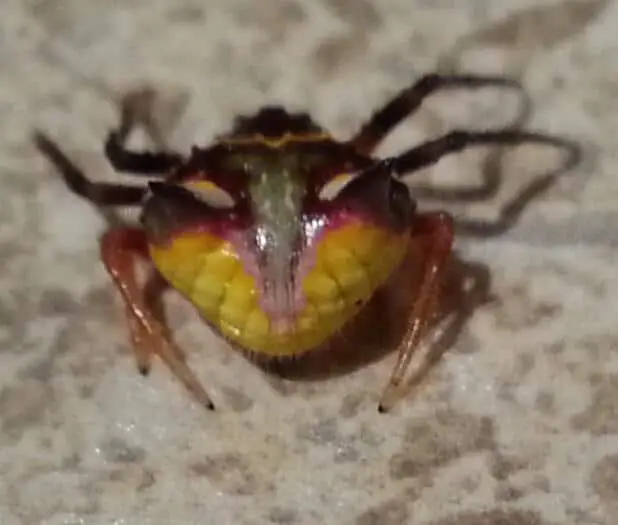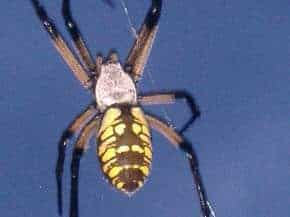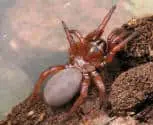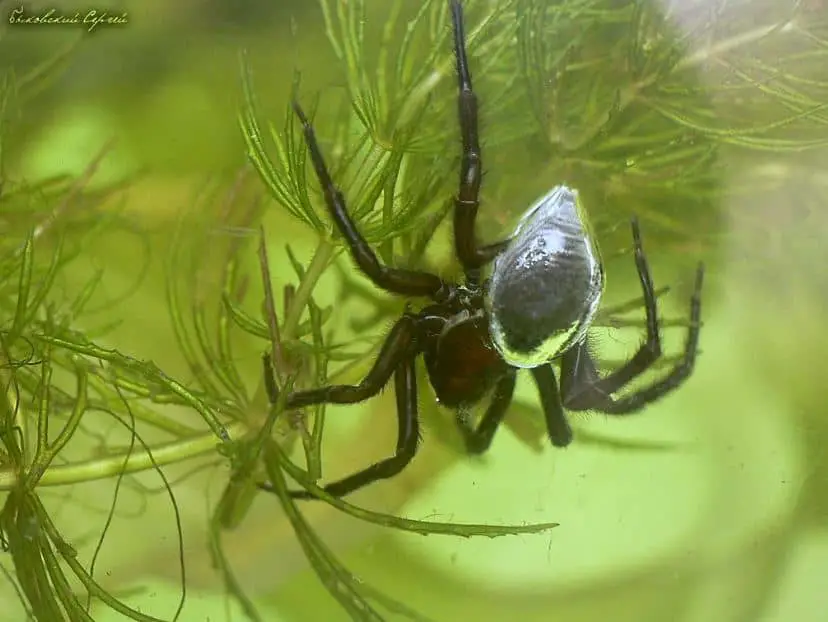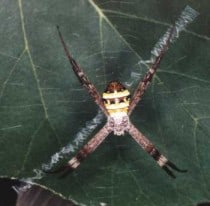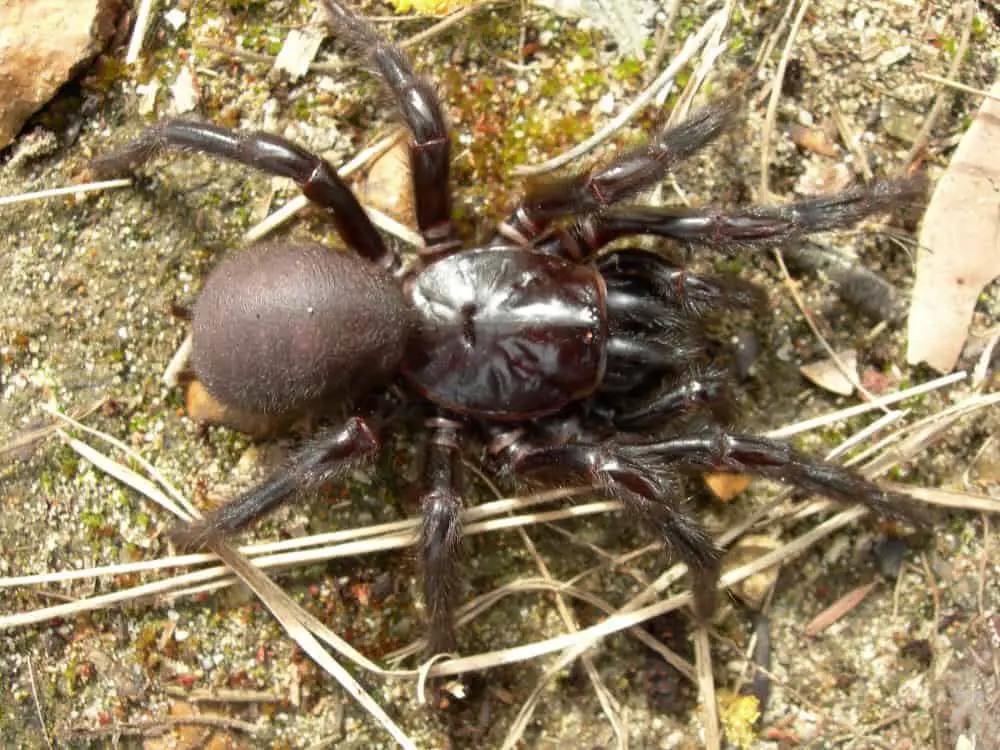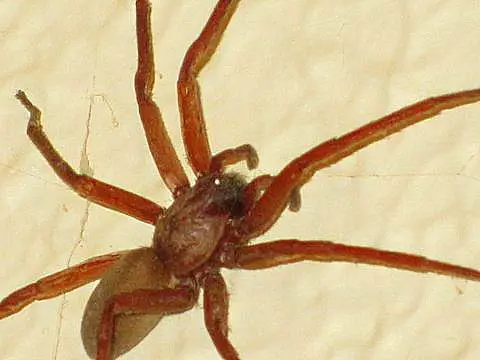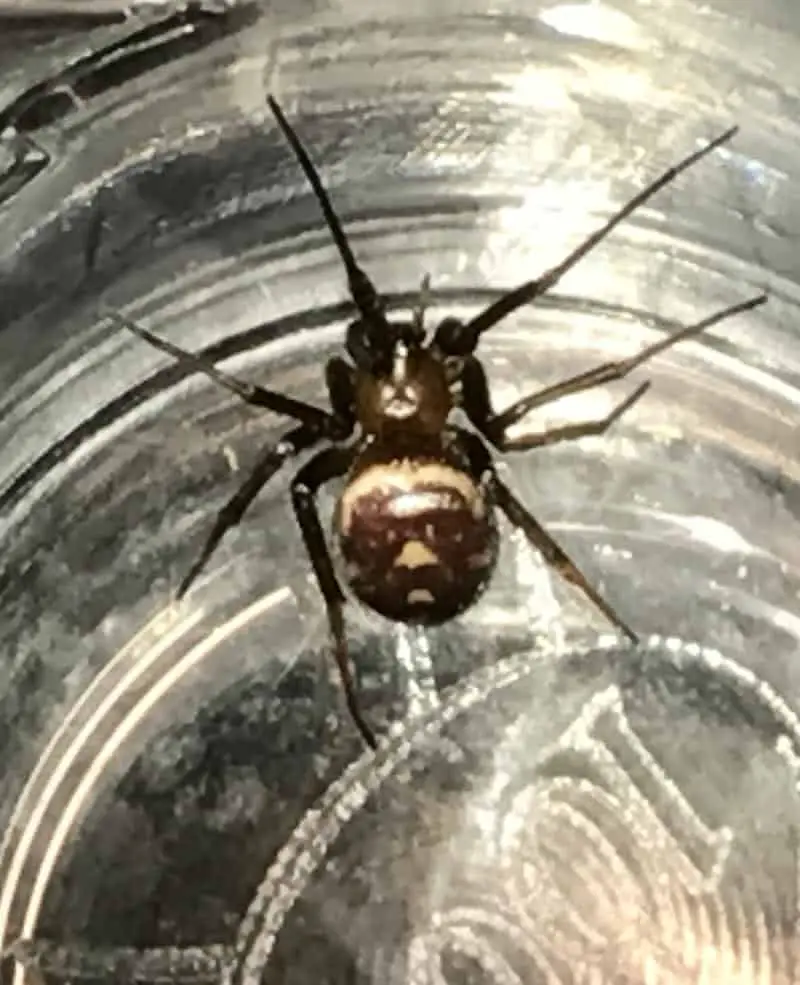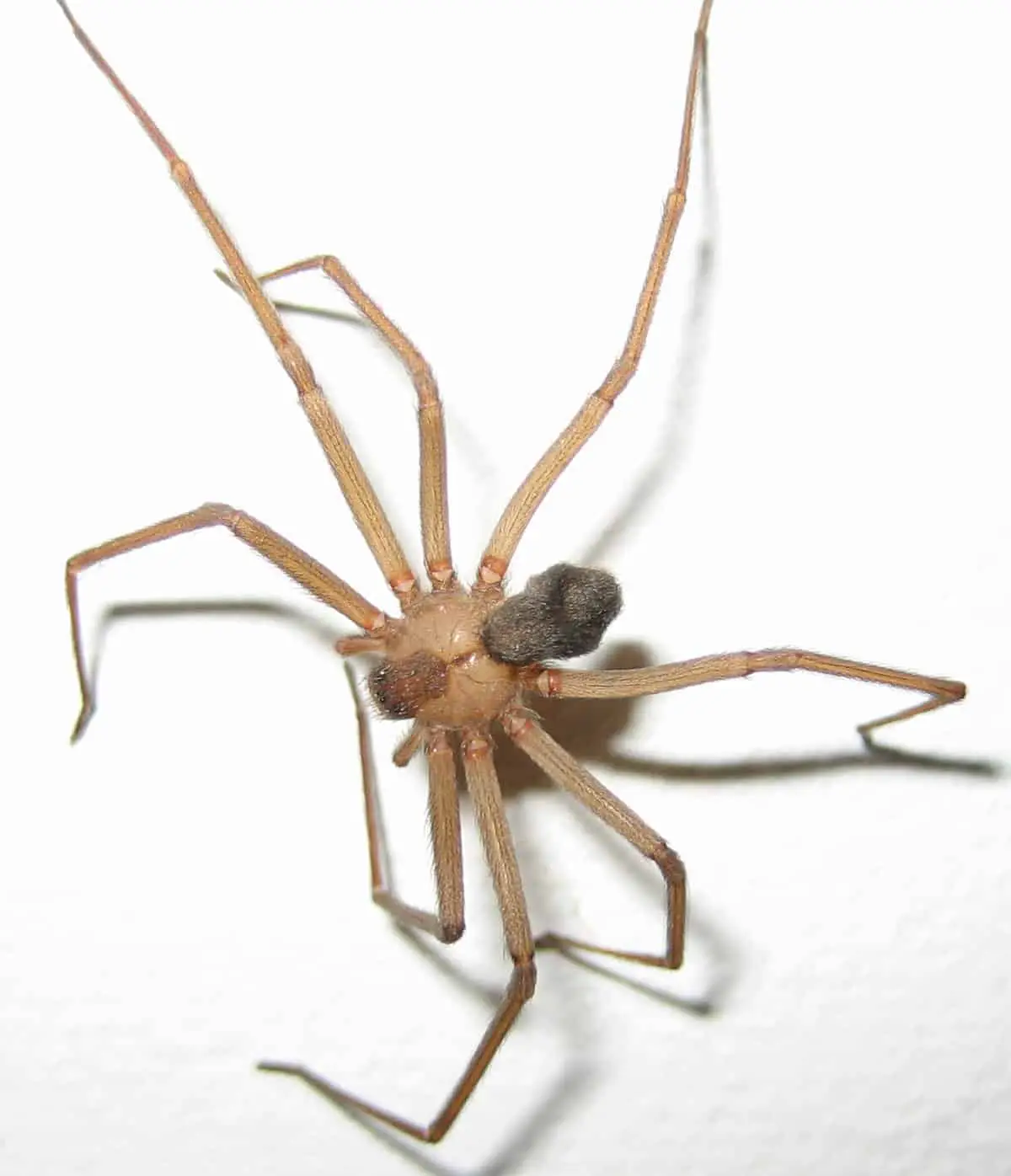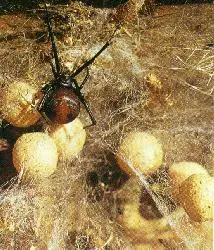The Two Spined spider (Poecilopachys Australasia) is a nocturnal spider. It is an immigrant to Australia and has been recorded in New Zealand since the early 1970s. Description: The female, Poecilopachys Australasia is about 8 mm in length and when mature has two white horn-like spines. Yellow and white bands and some red-brown markings are visible. Large body […]
Argiope Spiders
Here are some photos of Argiope spiders, mainly from the United States. In Australia, we call our variety St. Andrew’s Cross but in the United States they are more commonly called a Black and Yellow Argiope, (Argiope aurantia). We have had so many queries and photos sent in of these from people who have never seen them […]
Unidentified Spider Photos
Disclaimer: Replies that I publish are done so with no guarantee of authenticity or validity. Please DO NOT rely on identifications from any other than an official source like a Museum or entomologist. Furthermore, where a spider is described as “not dangerous” does not mean that it doesn’t bite or cause a reaction. Any spider can […]
Water Spider – Argyroneta aquatica
The Water Spider, (Argyroneta aquatica), lives underwater, where it builds a bell-shaped home of silk and fills this structure with air that it carries down from the surface. It is common in ponds and lakes of temperate Europe and Asia. The diving bell spider or water spider is the only species of spider known to live […]
St Andrew’s Cross Spider
The St Andrew’s Cross Spider’s Latin name is Argiope kiyserlingi. The female’s size is about 20mm long and its cephalothorax is flattened and covered in white or silver hairs. It also has a banded and spotted abdomen in a white, yellow, red and black pattern The male is about 4 mm long and has a brown […]
Funnel Web Spider
Funnel-web spiders (Atracidae), the most notorious members of Australia’s spider fauna, are found in eastern Australia. There are at least 40 species of funnel-web spiders and they are currently placed in two genera: Hadronyche and Atrax. They are medium to large spiders, varying from 1 cm – 5 cm body length. Males are more lightly built than females. Body […]
Tengellid Spiders
The Tengellid spiders (family Tengellidae) include eight genera and a little over 30 species worldwide. The family is confined to the New World, with two monotypic genera occurring in Madagascar and New Zealand, respectively. Like most spiders, they have eight eyes. The characters defining the family are technical and there are still some disagreements as to […]
Steatoda
Steatoda belong to the spider family Theridiidae, or the cobweb weavers. Also known as Combfooted Spiders, this family includes a number of well known arachnids, including one type of common house spider, Achaearanea tepidariorum, and the widow spiders Latrodectus spp. Steatoda spiders are found throughout the world, in both temperate and tropical climates. At least eight Steatoda spp. can be found within the U.S. Steatoda spiders […]
Brown Recluse Spider
Brown Recluse belongs to a group of spiders that is officially known as the “recluse spiders” in the genus Loxosceles (pronounced lox-sos-a-leez). These spiders are also commonly referred to as “fiddleback” spiders or “violin” spiders because of the violin-shaped marking on the top surface of the cephalothorax (fused head and thorax). However, this feature can be very […]
Red-back Spider – Lactrodectus hasselti
Hundreds of people are bitten by Red-back Spiders every year, however very few are seriously injured. (Check out a news article at the end of this page.) Its close relative, the Black Widow Spider, is probably the most common cause of serious spider bites overseas. An almost identical spider, the Katipo, is the only venomous spider in New Zealand. […]

